Creating a bingo lesson plan
Elevate your teaching game by bringing bingo into the classroom. It’s not just fun, it’s an educational powerhouse that keeps students engaged, caters to diverse learning styles, and adapts to any subject. Bingo is the educator’s se...
- Reading Time
- 6 min read
- Publish Date
- Aug 26, 2023
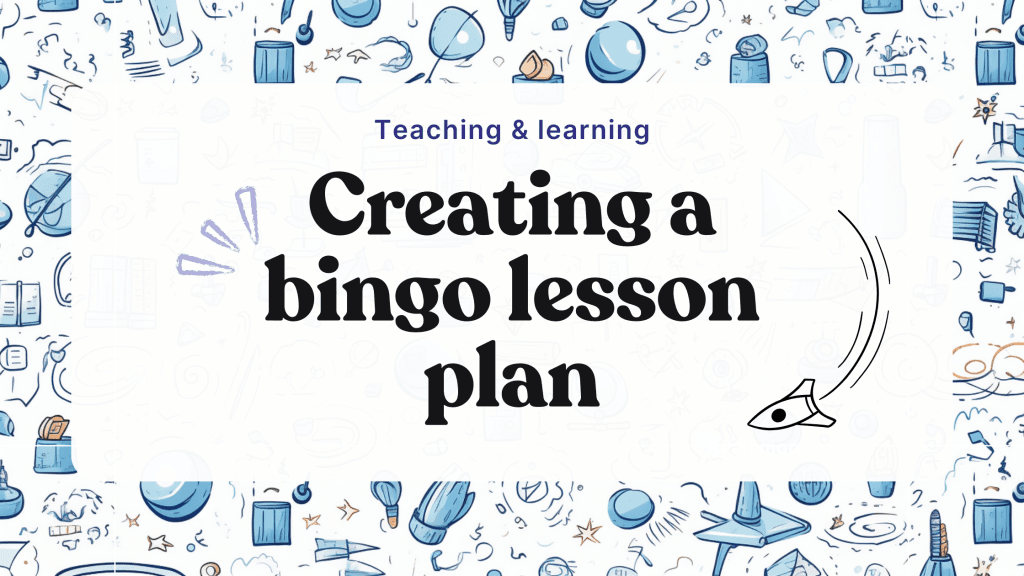
Hey there, educators of tomorrow! You're diving into the realms of creativity and engagement by exploring the magical world of bingo for your lesson plans. Bingo isn't just for Grandma's weekend outings anymore; it's an educational goldmine ready to keep your students on the edge of their seats, craving for more knowledge. Trust us, a classroom buzzing with the excitement of bingo is a classroom you want to be in.
Table of contents
Why Bingo? Why Now?
Let's get down to the brass tacks. The classroom environment can often feel like a juggling act. You've got to keep everyone engaged, create an inclusive environment, and, oh yeah, teach the material. No big deal, right? Bingo helps you hit that trifecta effortlessly.
What Makes Bingo Special
- Engagement: You'll have students so engrossed, they won't even realize they're learning.
- Inclusivity: It's a game for everyone, irrespective of learning speed or style.
- Versatility: It adapts to virtually any subject or topic, so the possibilities are endless.
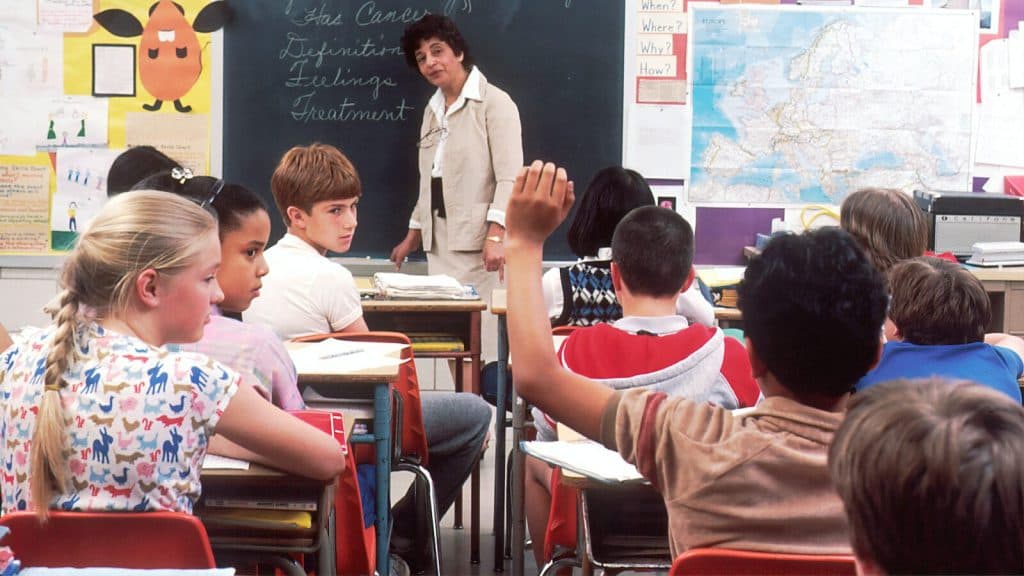
Top Tip: Don't settle for plain old bingo cards. Spice things up by customizing your cards to include pictures, emojis, or custom text. The more relevant to your lesson, the better!
Topics That Are a Bingo!
Enough about why; let's talk about the how. Bingo can slide effortlessly into different topics, making the subject matter more digestible for your students.
- Math: Use bingo to drill multiplication tables, fractions, or even equations.
- Language: Vocabulary bingo or sentence-structure bingo could be your ticket to Grammar Town.
- History: How about a game focused on important dates or key historical figures?
- Science: From elements in the periodic table to animal classifications, the sky's the limit.
- Foreign Languages: Bingo is superb for vocabulary retention and pronunciation practice.
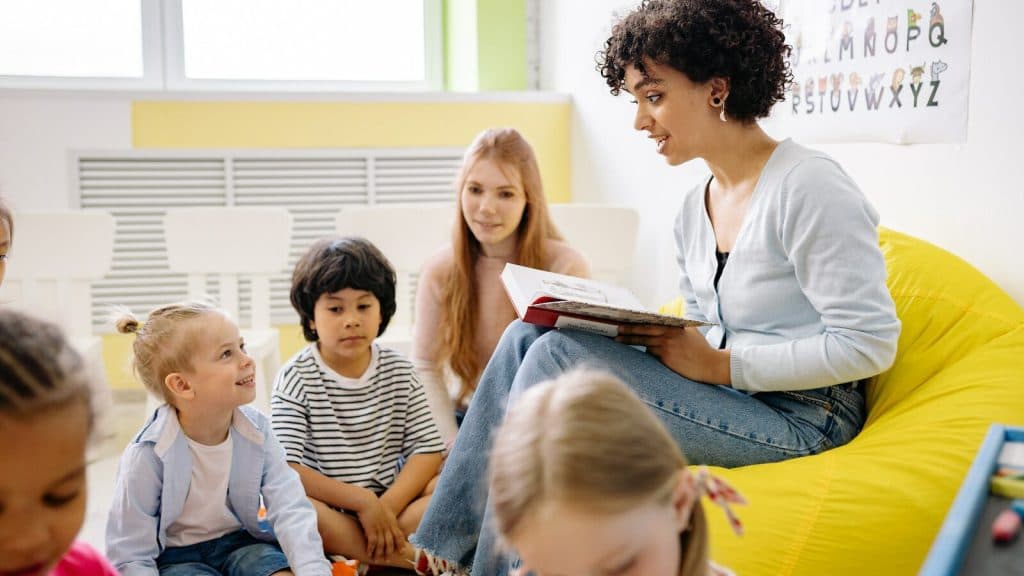
Let's Craft That Lesson Plan
Now that you've got a grasp on the topics, let's take a deeper dive into actually crafting that killer lesson plan.
Step 1: Define Your Objectives
Clearly outline what you want your students to achieve by the end of the lesson. This will guide the content of your bingo cards.
Step 2: Create Your Bingo Cards
This is where you get to flex your creative muscles. You could manually create cards, or if you're not in the mood for a DIY project, an online bingo card generator could be your new best friend.
Step 3: Set The Rules
Time limits, winning criteria, or any other unique twists you want to add to the game should be established here.
Step 4: Play and Learn
This is the fun part. Distribute the bingo cards and watch as your students revel in the joy of learning.
Step 5: Assess and Reward
Assessment isn't just about who shouts "bingo!" first. Take this time to gauge understanding and maybe throw in some small rewards to up the ante.
Top tip
Planning a lesson for a large classroom or even a virtual setting? No worries! Opt for a bingo card generator that supports large-scale games, accommodating up to 2,000 players online, like ours!
Example Lesson Plan: Math Bingo on Fractions
Objective: By the end of this lesson, students should be able to identify and simplify different fractions.
Steps
- Bingo Cards: Create cards featuring different fractions that need to be simplified.
- Rules: First student to complete a row of simplified fractions shouts "bingo!"
- Play: Teacher calls out simplified fractions, and students identify and mark the corresponding complex fraction on their cards.
- Assessment: Discuss the simplified fractions and how students arrived at them.
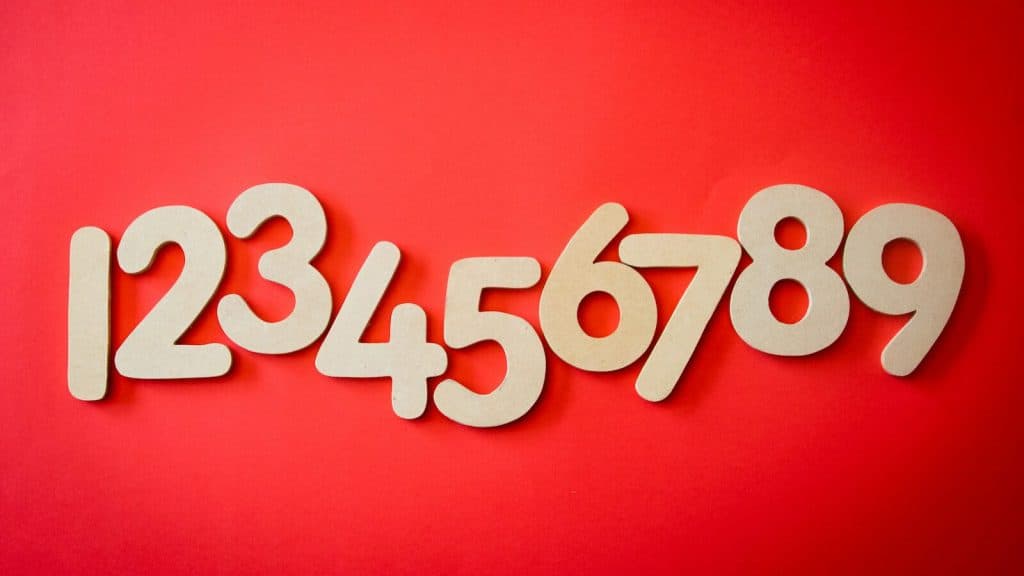
Example Lesson Plan: Vocabulary Bingo for Language Arts
Objective: To enhance students' vocabulary and understanding of specific terms.
Steps
- Bingo Cards: Fill them up with challenging vocabulary words.
- Rules: Students must identify the correct definition from the clues you provide to mark their cards.
- Play: Call out the definitions, and let the vocab magic begin!
- Assessment: Each time a student scores a bingo, have them use the words in sentences to confirm understanding.
Top Tip: Want to add some flair? Customize your bingo cards with fonts and background images that suit the theme of your vocabulary lesson. If it’s a lesson about nature words, for example, a green forest background could add a nice touch.
Example Lesson Plan: Elements Bingo for Science ⚗️
Objective: By the end of this lesson, students should be able to identify elements based on their atomic number, symbol, or characteristics.
Steps
- Bingo Cards: Populate cards with element symbols, atomic numbers, or unique characteristics.
- Rules: Set a timer for added urgency, and announce that the winner is the first one to mark all elements in a row.
- Play: Call out clues related to the elements. For example, "This element has the atomic number 1."
- Assessment: Quiz students on why they marked each element, ensuring they aren’t just playing to win but also to learn.
Top Tip: Teaching a lesson on the periodic table? Use a bingo card generator that allows you to easily include pictures, making it easy for students to associate each element with its corresponding symbol.
Example Lesson Plan: Cultural Icons Bingo for Social Studies
Objective: Students will become familiar with important cultural icons and their contributions.
Steps
- Bingo Cards: Feature faces or names of cultural icons relevant to the topic of study.
- Rules: Students need to identify the icons based on clues about their contributions or quotes.
- Play: Start calling out your clues, and watch as students match them with the icons.
- Assessment: Hold a discussion to go into further detail about each icon's significance after the game.
Top Tip: If you're working with a large number of students or even orchestrating a virtual lesson, make sure your bingo game can accommodate everyone. There are bingo card generators that can support up to 500 players, making it inclusive and fun for everyone.
Closing Thoughts
Bingo can revolutionize the way you teach, making each lesson not just educational but also entertaining. A win-win for you and your students! So, the next time you find yourself stuck in a lesson-planning rut, remember—Bingo is always a good idea.
Was this article helpful?
Comments

Log into Bingo Card Creator
Log in to share your opinion about this article
Get this week's best Bingo content.

Related articles
Browse all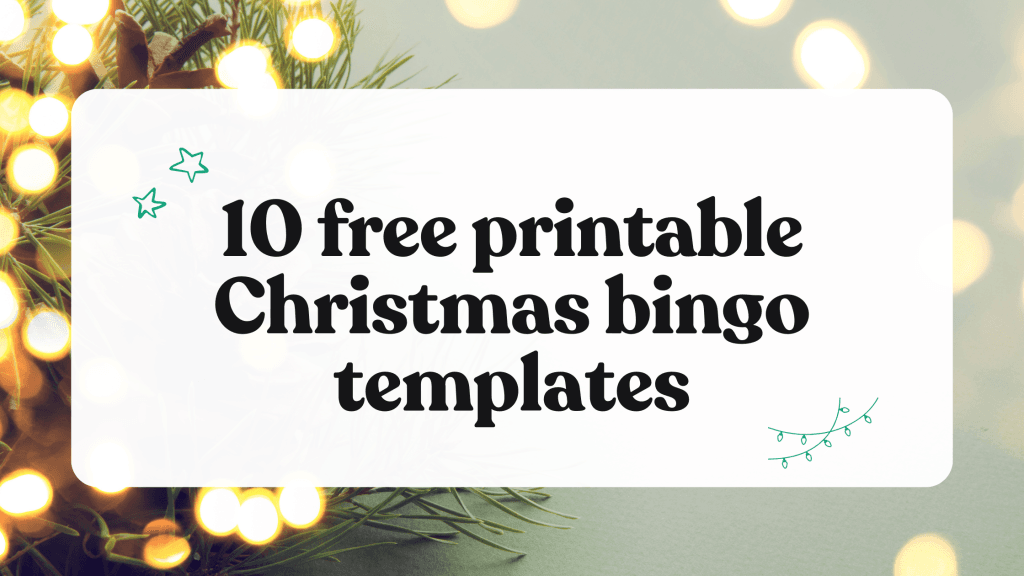
10 free Christmas bingo templates
Spread holiday cheer with our 10 free printable Christmas bingo templates. Perfect for festive gatherings! Download, print, and let the holiday fun begin!
8 min read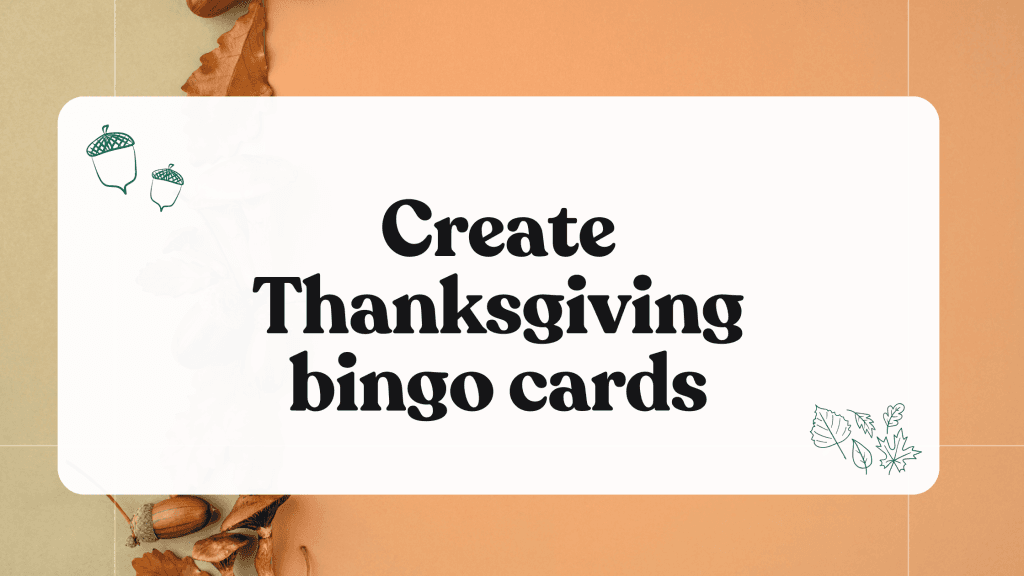
Thanksgiving bingo: Free printable fun!
Create custom Thanksgiving bingo cards with holiday icons, family traditions, and festive twists to bring extra fun to your celebration!
7 min read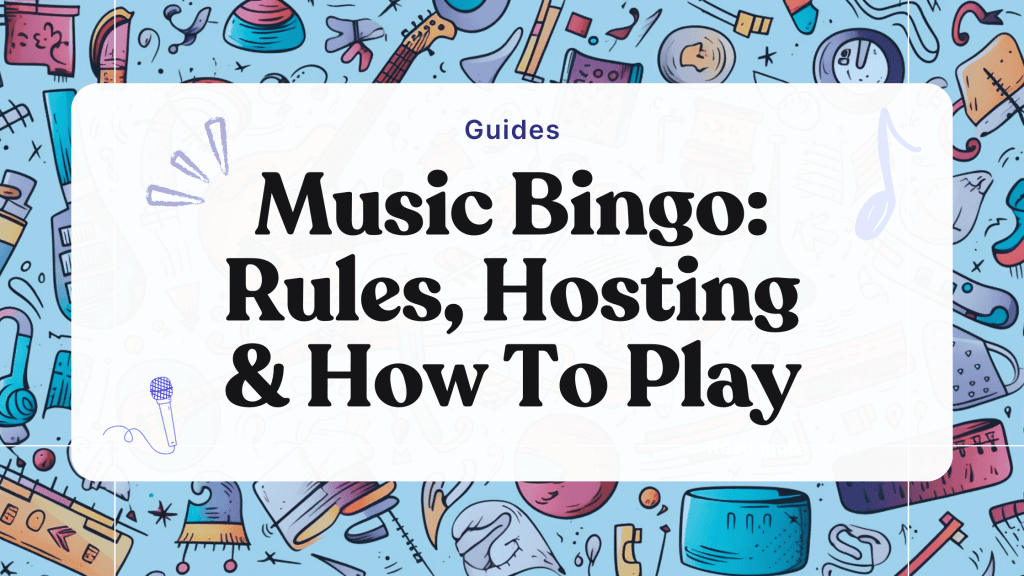
Music bingo 101: What is it & where it all began
Music bingo combines the excitement of song recognition with the classic bingo format, offering a fun and engaging experience for music enthusiasts.
14 min read

